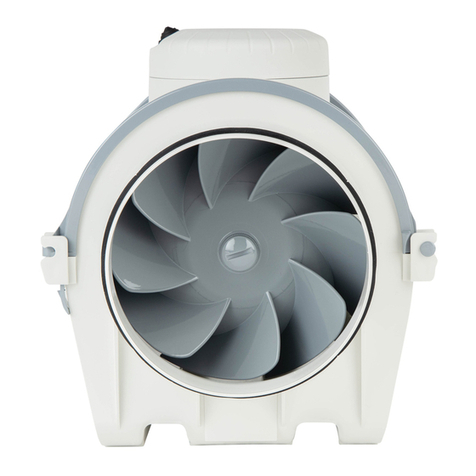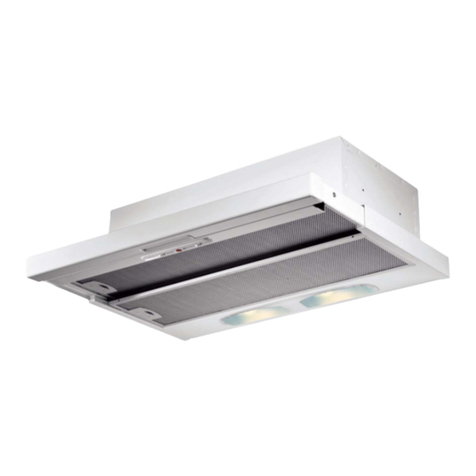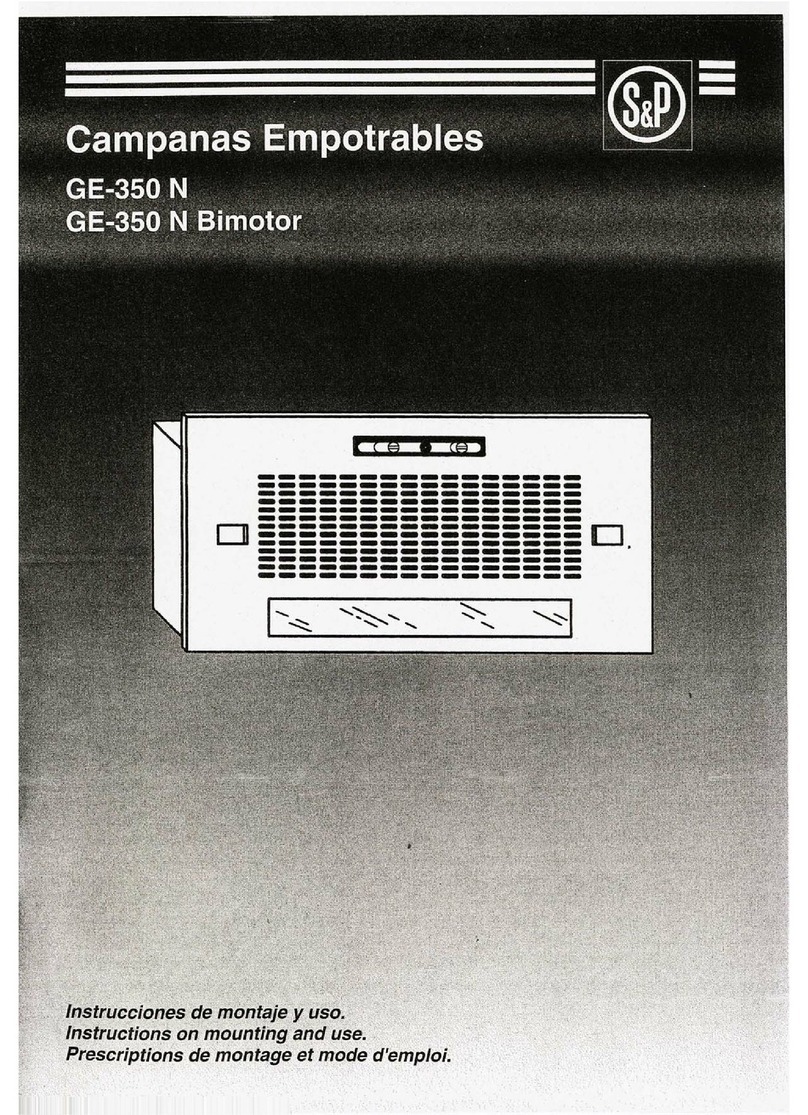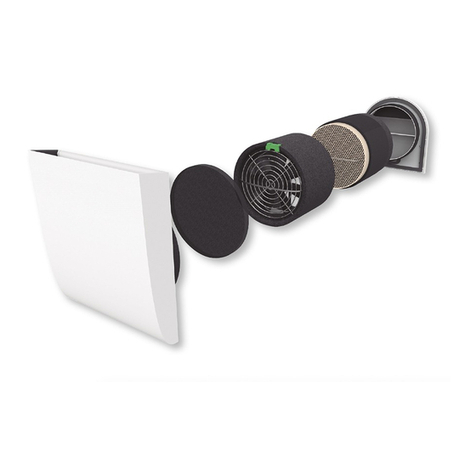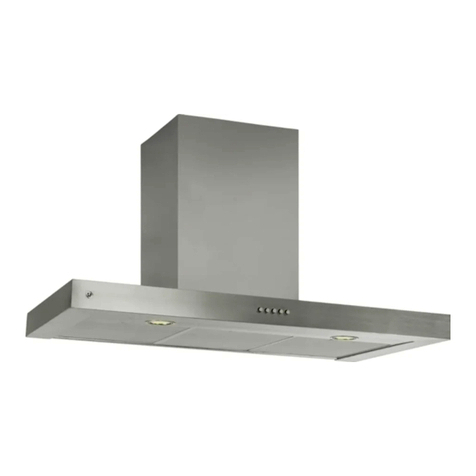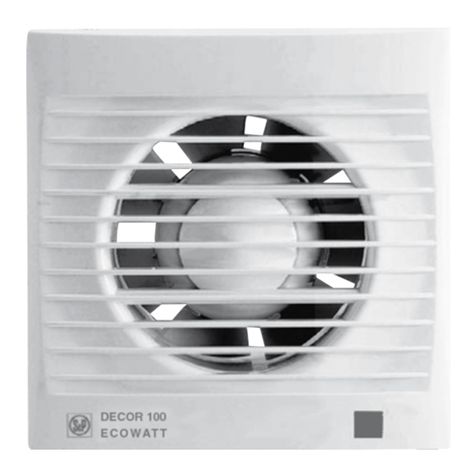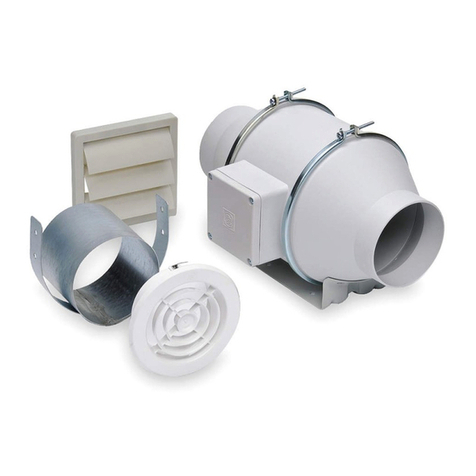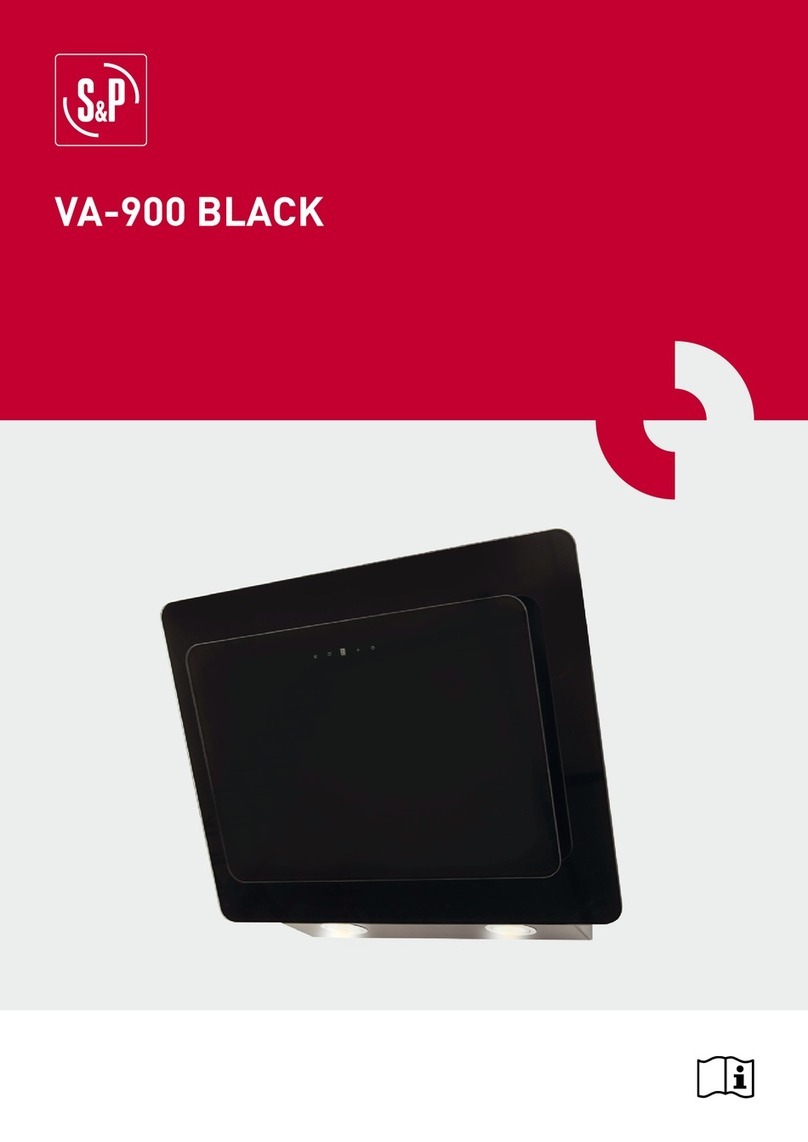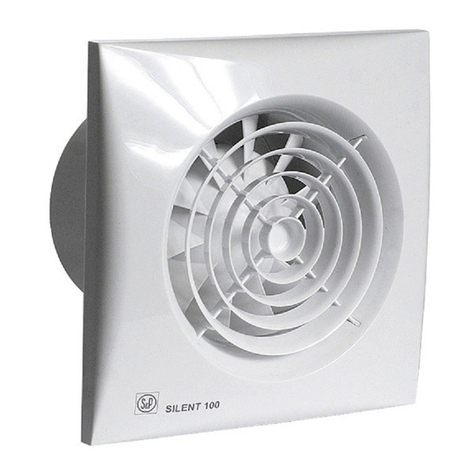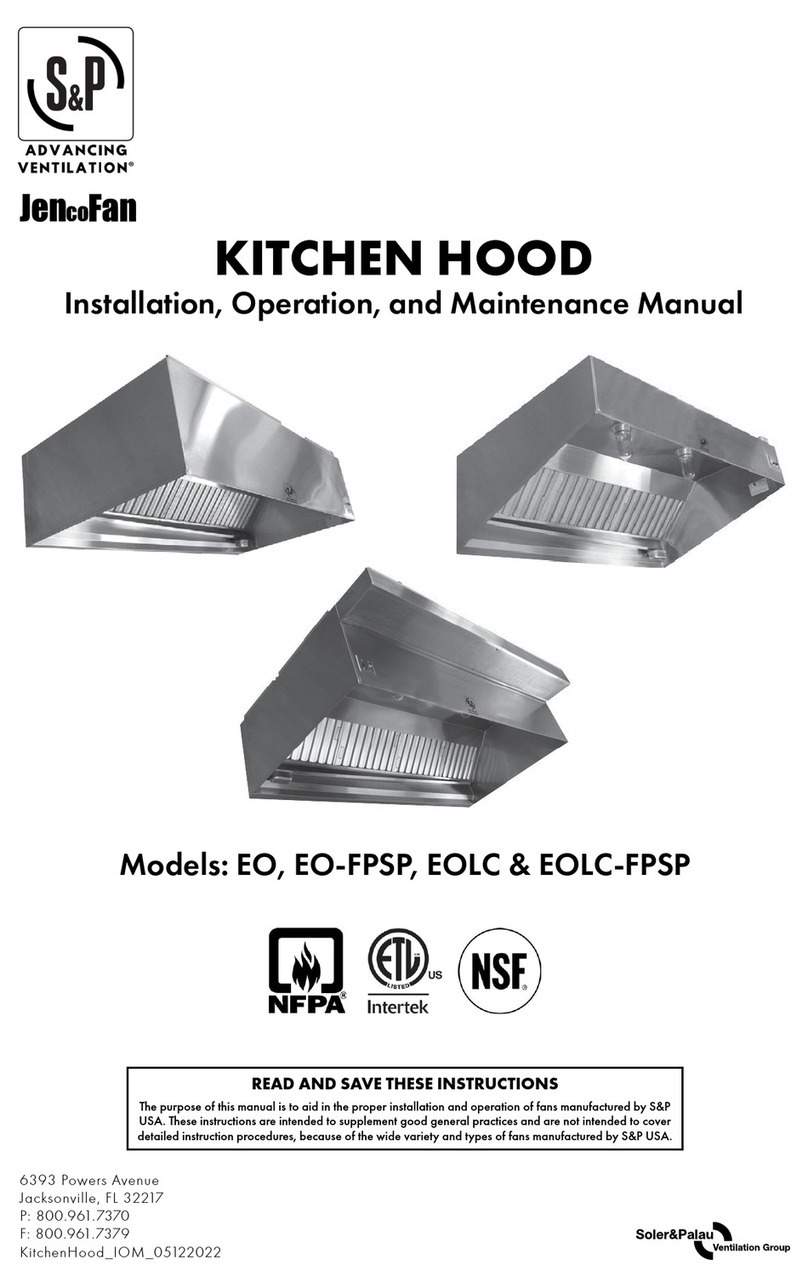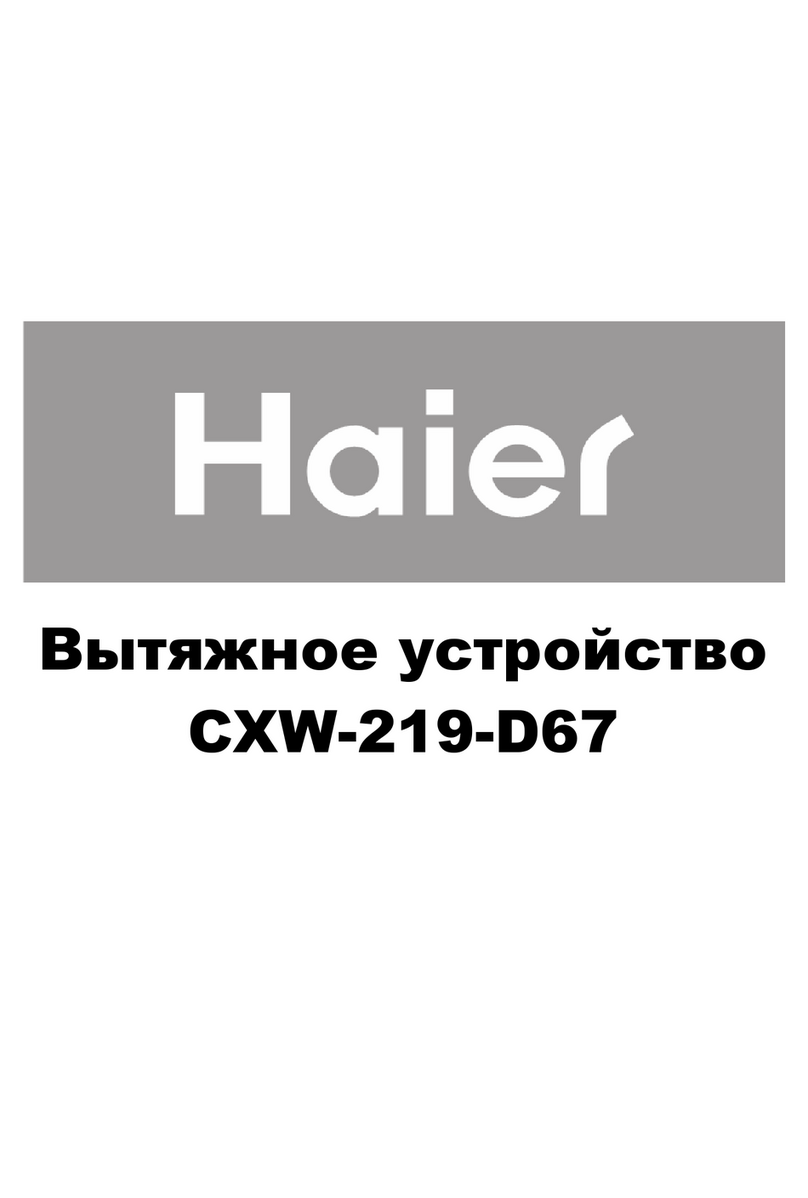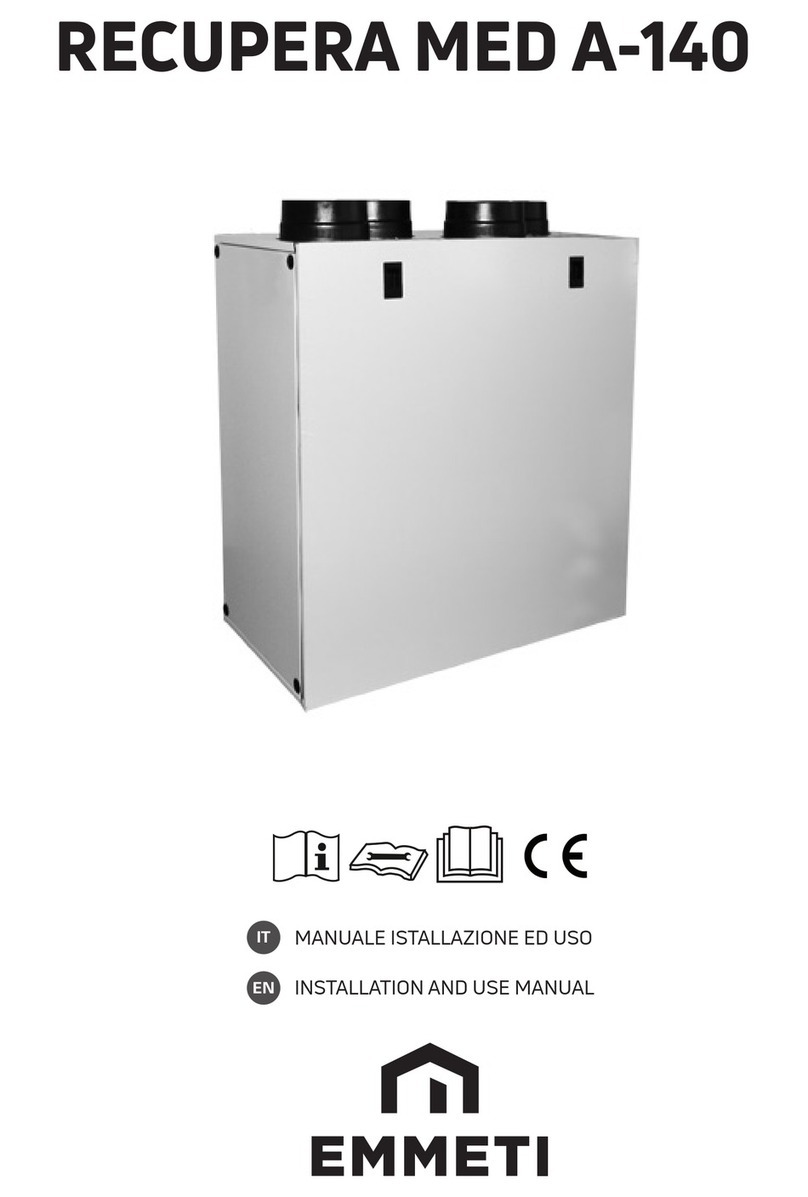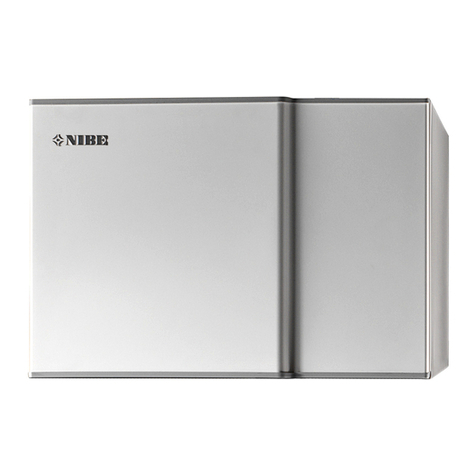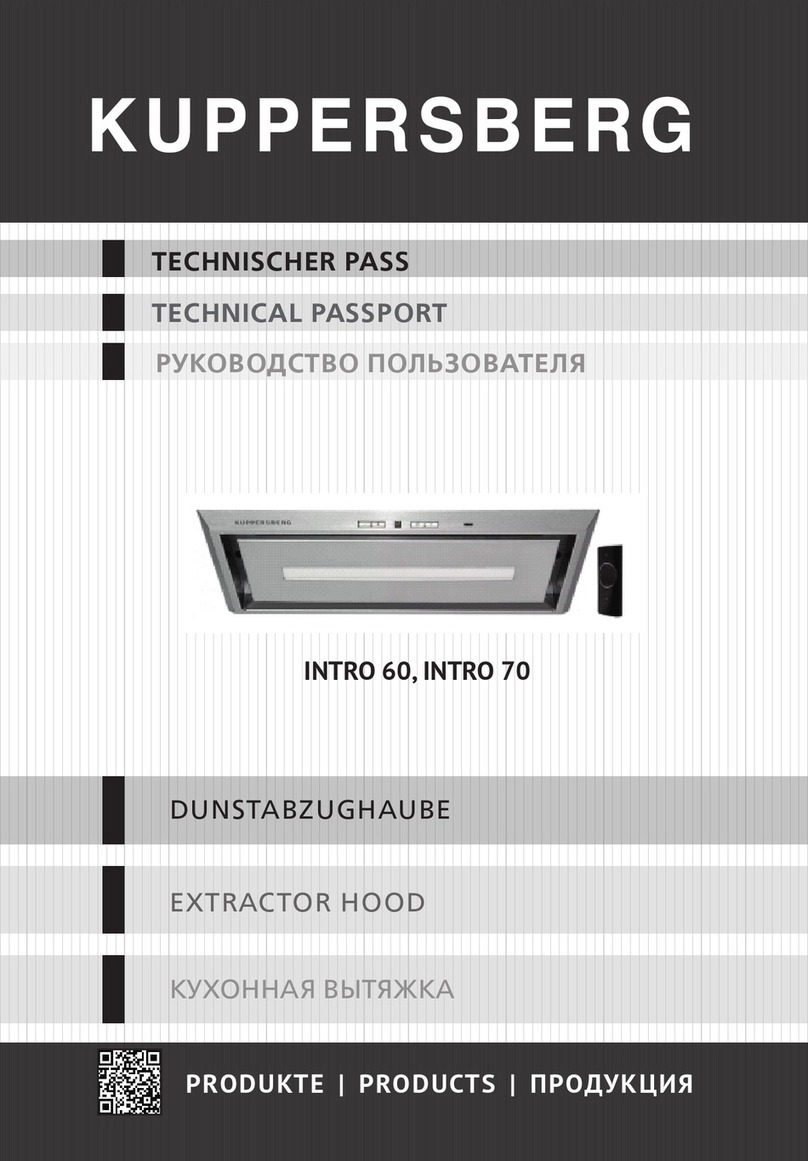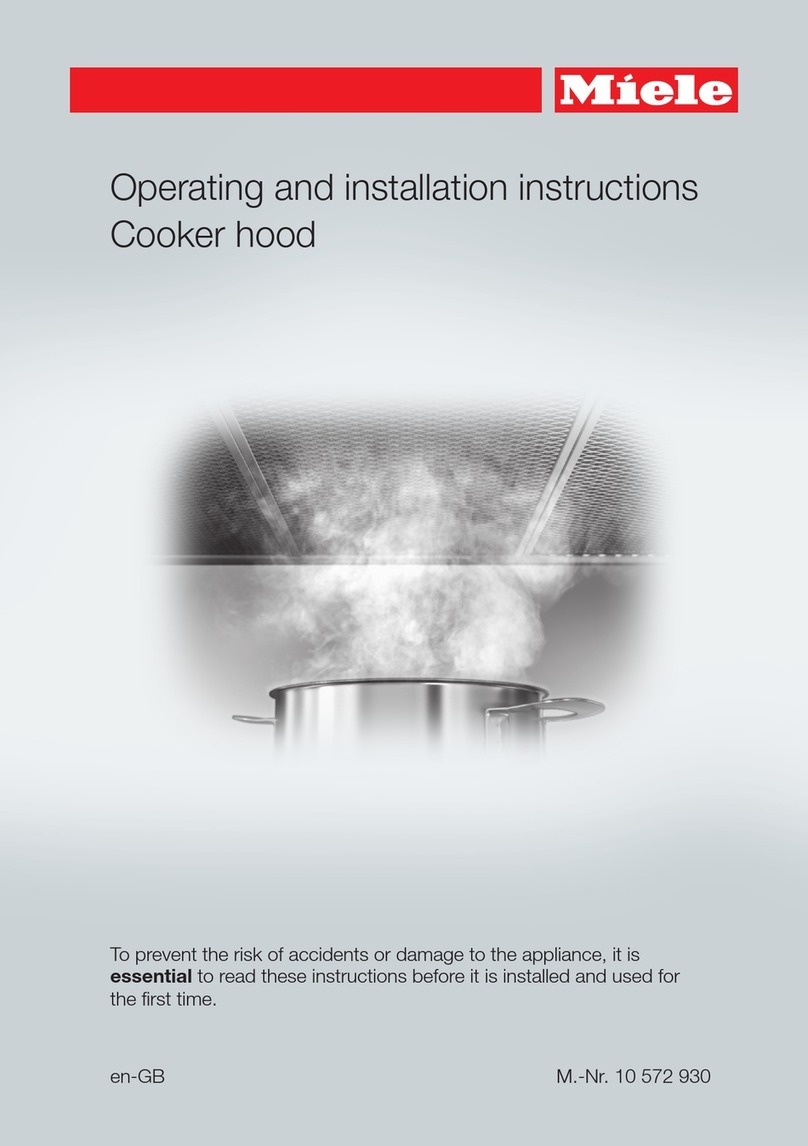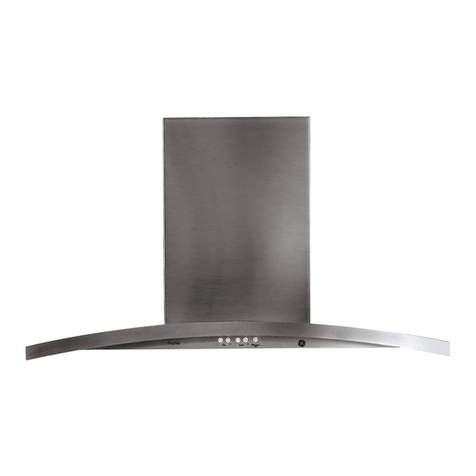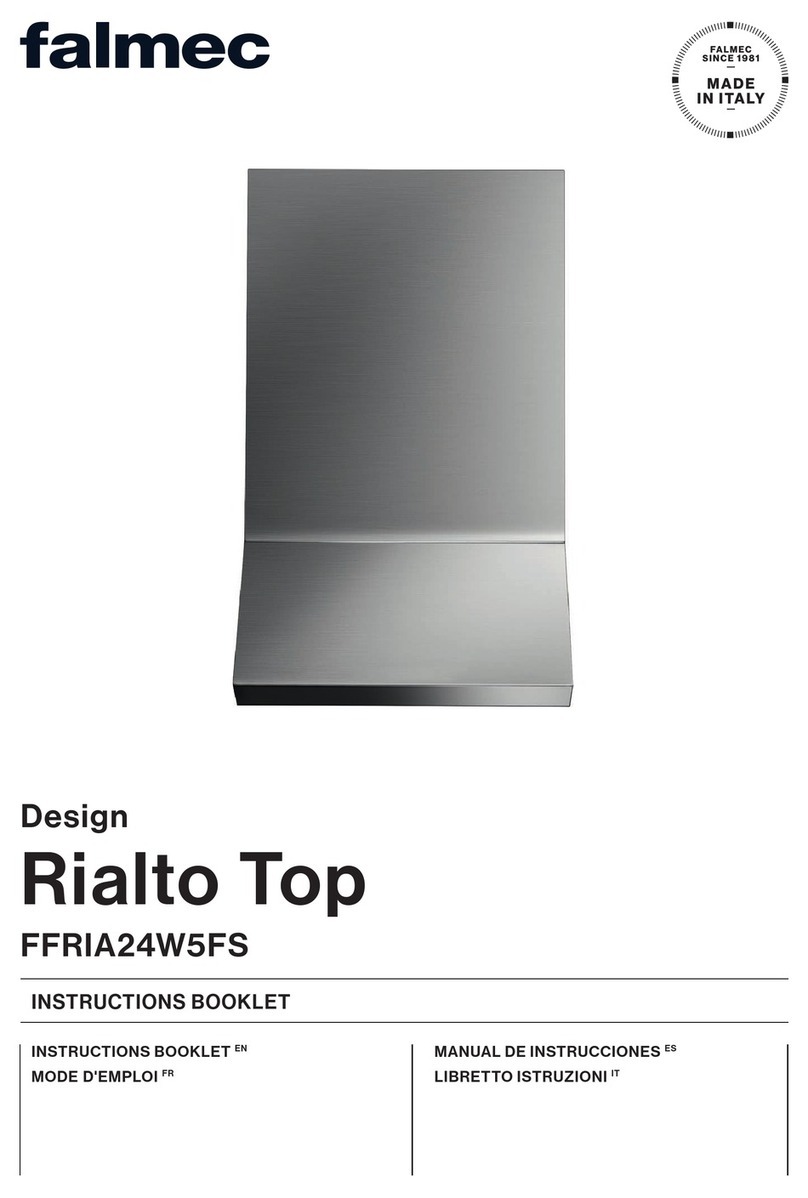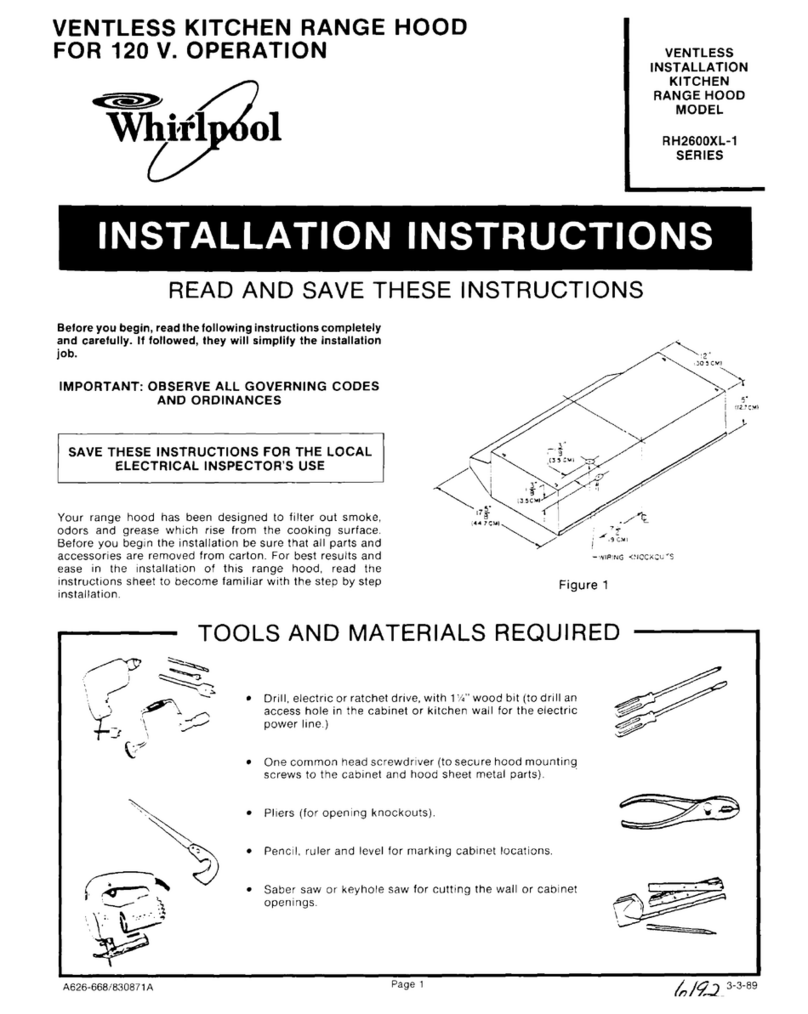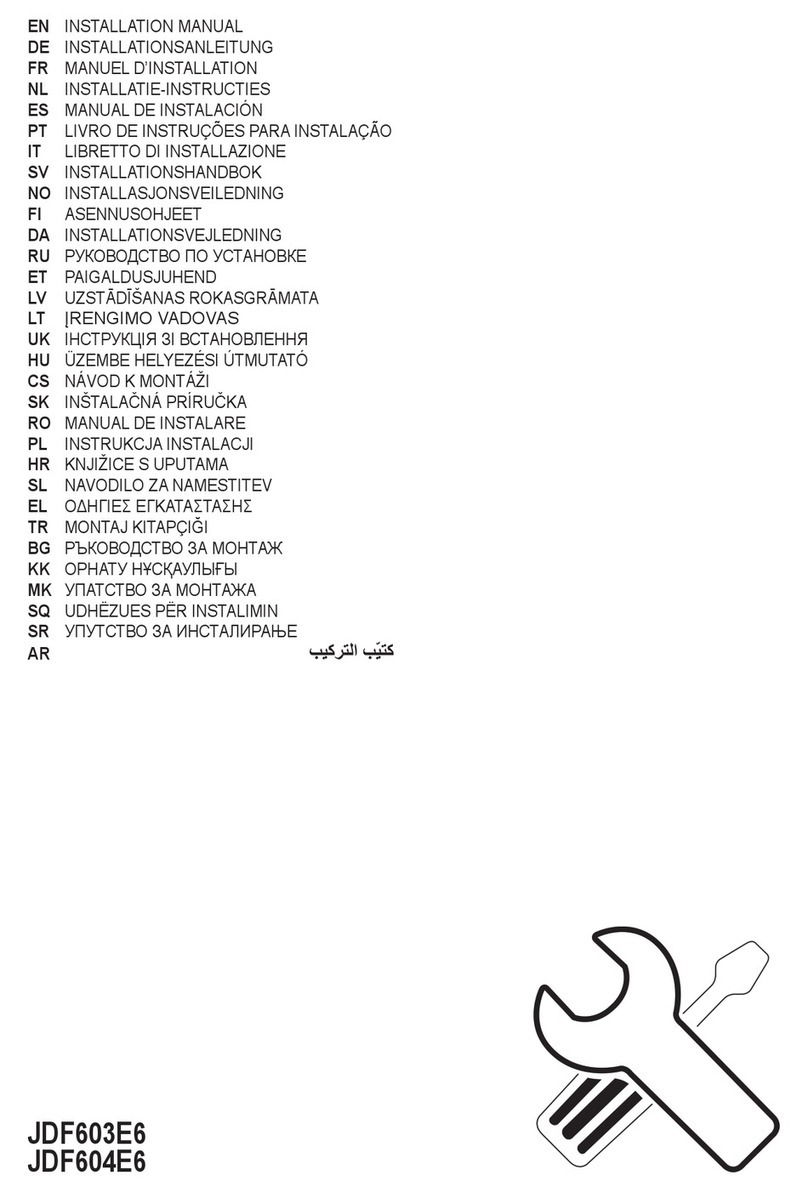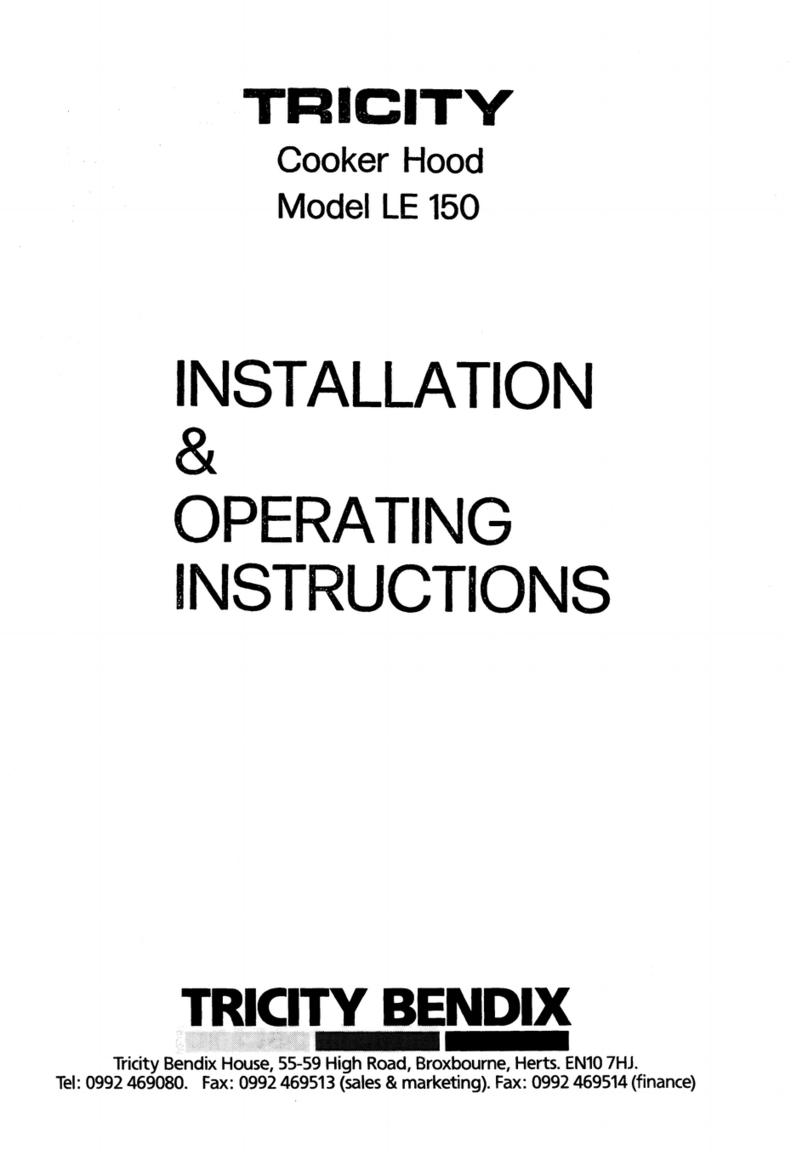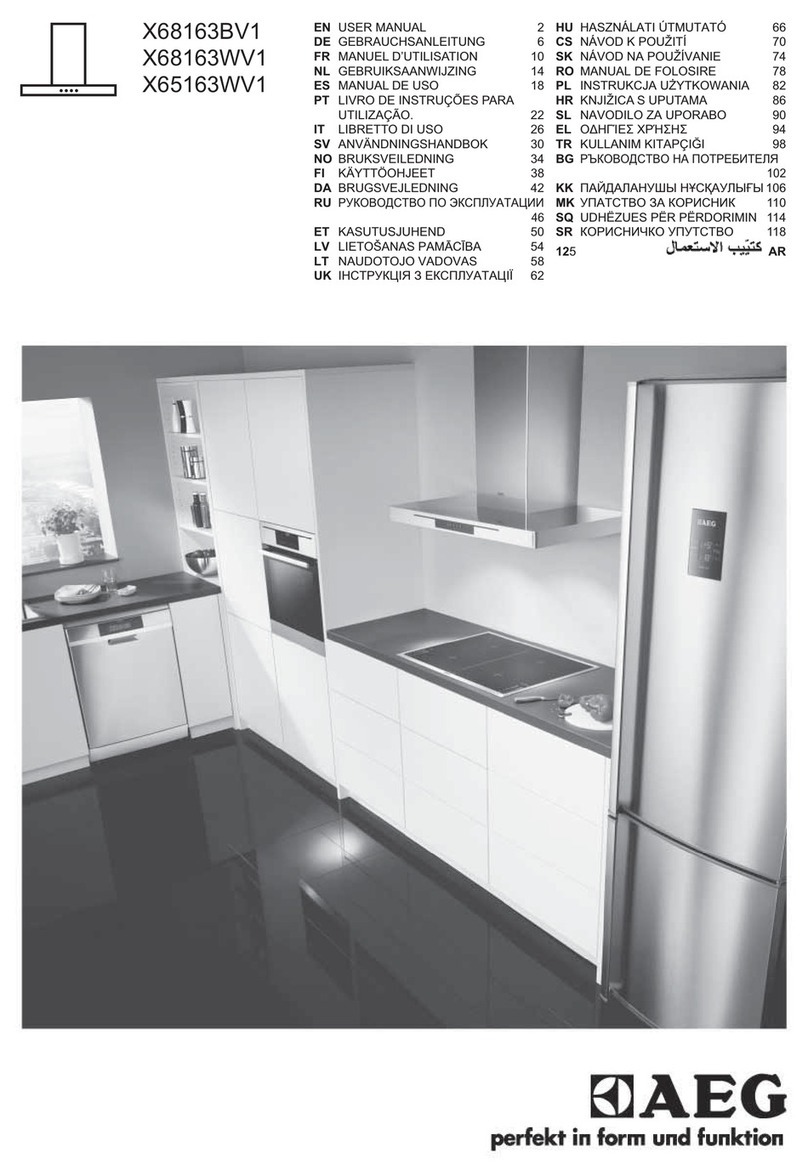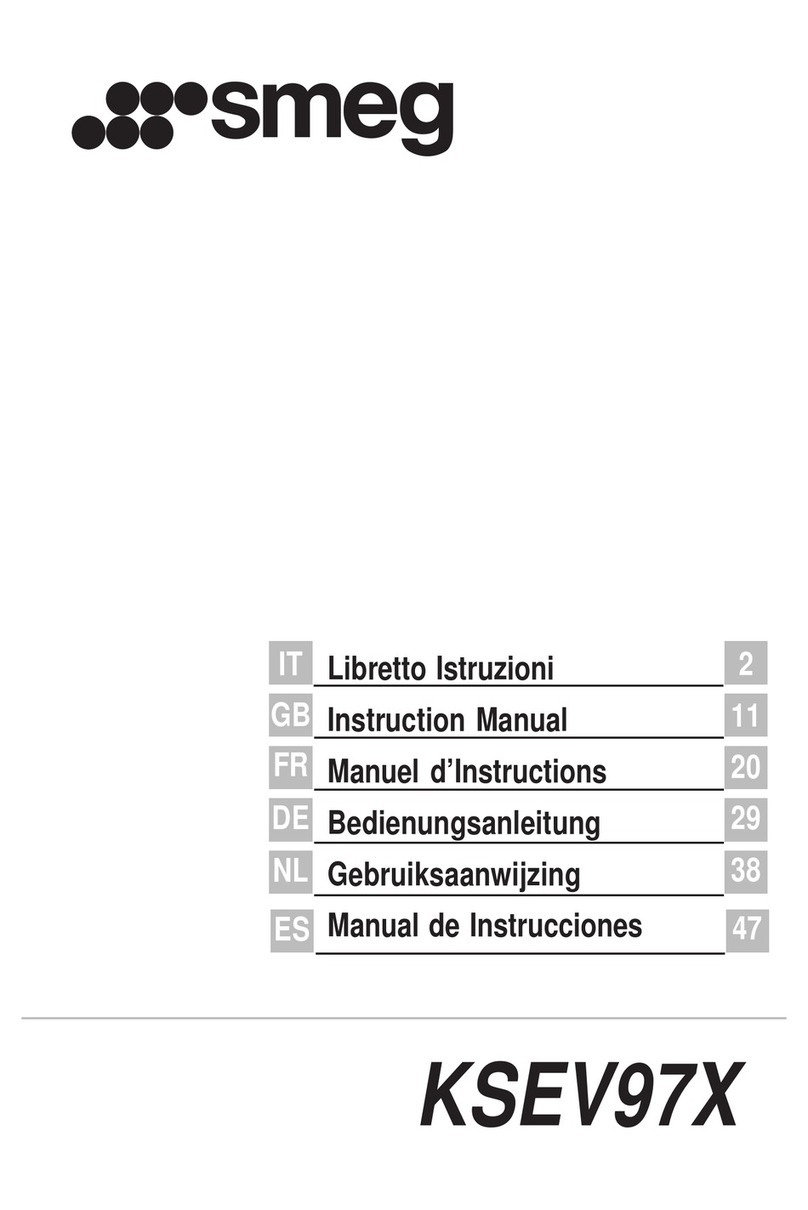
5
1. GENERAL SAFETY INSTRUCTIONS
CAUTION
This appliance can be used by children
aged from 8 years and above and persons
with reduced physical, sensory or men-
tal capabilities or lack of experience and
knowledge if they have been given super-
vision or instruction concerning use of
the appliance in a safe way and unders-
tand the hazards involved. Children shall
not play with the appliance. Cleaning and
user maintenance shall not be made by
children without supervision.
The following safety instructions must be followed to
prevent injuries or damages:
• Before you begin with the installation, operation,
maintenance and repair of the ventilation system,
read these operating and installation instructions
carefully.
• Installation, repairs and electrical work may only
be carried out by qualified specialists.
• When installing, commissioning and repairing the
ventilation system, you must take into account and
obey all necessary legal and national requirements
(accident prevention provisions and the generally
acknowledged rules of technology).
• While the ventilation system is operating, all co-
vers must be closed.
• If you use a fireplace, whether or not it is depen-
dent on indoor air, you must consult the chimney
sweep responsible for the district.
• Keep these operating and installation instructions
in a safe place or leave them on the ventilation sys-
tem, because important information for operation
is included in the instructions.
• Liability for damages that arise due to improper
storage, installation, operation or repair, insuffi-
cient maintenance or unintended use is excluded.
• We reserve the right to make technical modifica-
tions.
2. GENERAL INSTRUCTIONS
2.1. INTENDED USE
The ventilation system NEMBUS 210 is intended for con-
trolled ventilation and venting of single-family houses.
The unit assures a continuous and balanced ventilation
system, extracting moist stale air from the wet rooms
and at the same time introducing a tempered and filtered
fresh air to the habitable rooms.
The unit contains as a standard filters in the supply and
extract airflows to clean the incoming air and protect the
heat exchanger.
2.2. IMPROPER USE
Any other use of the ventilation system NEMBUS 210 not
described under “intended use” is prohibited.
Furthermore, the ventilation system NEMBUS 210 may
not be installed in a room below +12°C.
The ventilation system NEMBUS 210 may not be opera-
ted without outdoor air filter and extract air filter.
It should only be turned off for maintenance and repair
work.
Central ventilation systems are, designed for continuous
operation. Unscheduled shutdown of the ventilation sys-
tem can lead to formation of condensate inside the piping
network and to damages to the ventilation system. For
this reason, when shutting down the system for longer
periods, the outdoor air and extract air lines must be
sealed off.
The ventilation system NEMBUS 210 is not suitable for
drying construction.
2.3. WARRANTY
The unit supplied by S&P is warranted 24 months, parts
only, starting from the invoicing date.
S&P agrees to replace the parts or the unit whose opera-
tion is recognized defective by our departments except for
all damages and interests or penalties such as operating
losses, commercial prejudice, or other immaterial or indi-
rect damages.
The following are not covered by our warranty: defects re-
sulting from an abnormal usage or a usage not conforming
to the recommendations of our manuals; faults observed
as a consequence to normal wear; incidents caused by ne-
gligence, lack of monitoring, or servicing; faults due to the
incorrect installation of the devices or to bad storage condi-
tions before mounting.
In any case, S&P will not be responsible for transformed
unit, repaired even partially.





